Comparison of EEMC Cluster Finding Methods: IU vs. ANLS
A comparison of the IU vs. ANLS cluster finding methods for inclusive photons and neutral pions being reconstructed with the EEMC. For the ANLS cluster finding method, all other reconstruction steps used the IU methods.
Parameters Optimization
The IU method uses the "standard" parameters (see this blog). The ANLS parameters were set to
mSideWidth = 0
mSeedEnergyThres = 0.003
mSeedRelThres = 0.05
mMinSeedDist = 6
mMaxWidth = 11
mDensityEstWidth = 0
mMinMergeThres = 1.1
mMinClusterEnergy = 0.01
mMinStripsPerCluster = 9
For a description of the parameters see this blog.
The parameters mDensityEstWidth, mSeedEnergyThres, mSeedRelThres, and mMinClusterEnergy were specifically chosen based on previsos experience. The other five parameters were chosen by considering many (4900) combinations of values, and then comparing the results of reconstrution both gammas and neutral pions at pT values of 6, 10 and 12.5 GeV, with phi near 0 and eta near 1.5. The scan was stopped just slightly early of the total 29,400 possible runs considered. Criteria for selecting good runs included the number of pi0s reconstructed with the P_T near the correct value, and the total number of candidate pi0 pairs reconstructed when the MC generated just single photons. Amoung the best 10 choices for pT = 10, there was some variation in preformance, though for these same 10 parameter choices, the performance at 6 and 12.5 GeV did not vary much and were relatively close to optimal. The parameters corresponding to the best choice for pT = 10 was then chosen as the best values, as of date.
Results
All plots were made using the simple ("Mickey Mouse") generatror, generating either single photons or single pi0s, in a small eta, phi, pT range. In all the following plots, the particles were generated near phi = 0 degrees (sector 3 of 1-12). The eta value for the pT scan was 1.5, and the pT value for the eta scan was 10 GeV.
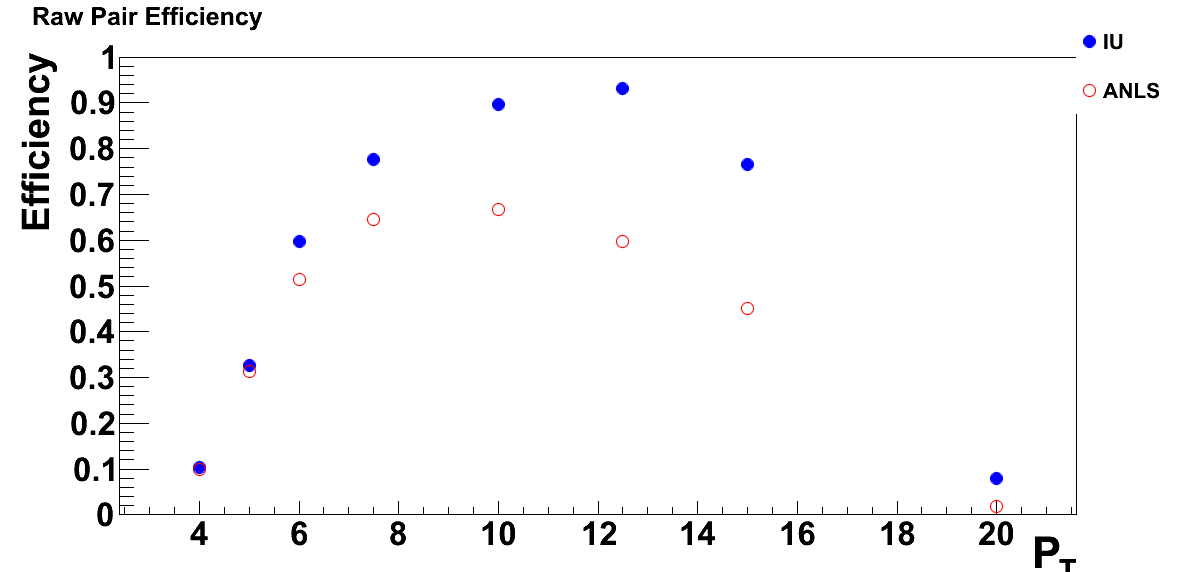
Fig. 1: Raw pair efficiency vs PT
This is the number of pi0 candidates (within all cuts but the pi0 mass cut) divided by the number of generated events (2000), when only single pion events were generated. The algorithms agree at small pT, where it is expected absorbtion and conversions due to the upstream material is the primary cause of the low efficiency. The plotted "raw efficiency" includes both background and signal.
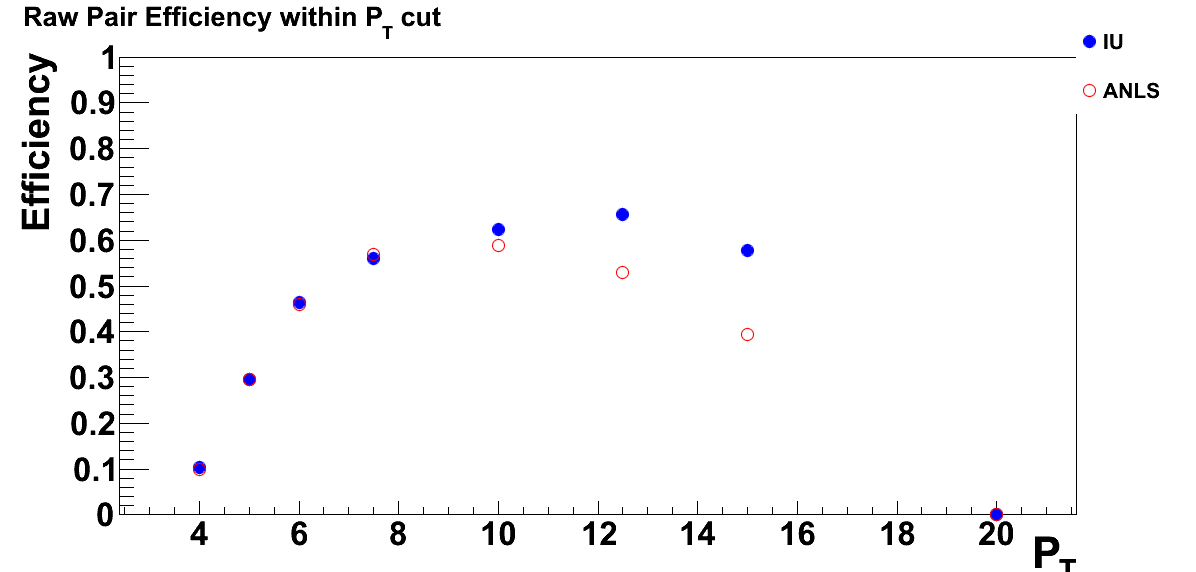
Fig 2. Pair Efficiency vs P_T for events with P_T near generated P_T.
By restricting the P_T value to near the generated value, one can effectively remove the background due to conversions, falsely split clusters (i.e. single clusters split into multiple clusters by the algorithm), and combinatorics. Comparing Figures 1 and 2, one sees that the amount of background is much less for ANLS algorithm than the IU algorithm. This can be interpreted as the ANLS algorithm not falsely splitting clusters as often. Also, it can be noted from Figure 2 that the efficiency appears very similar across most of the P_T range of the data, as there is very little date past P_T of 11 GeV. Both algorithms seem to fail at P_T of 20. This is most likely due to the seperation of the two photons from the pi0 decay being too close to be distinguishable.
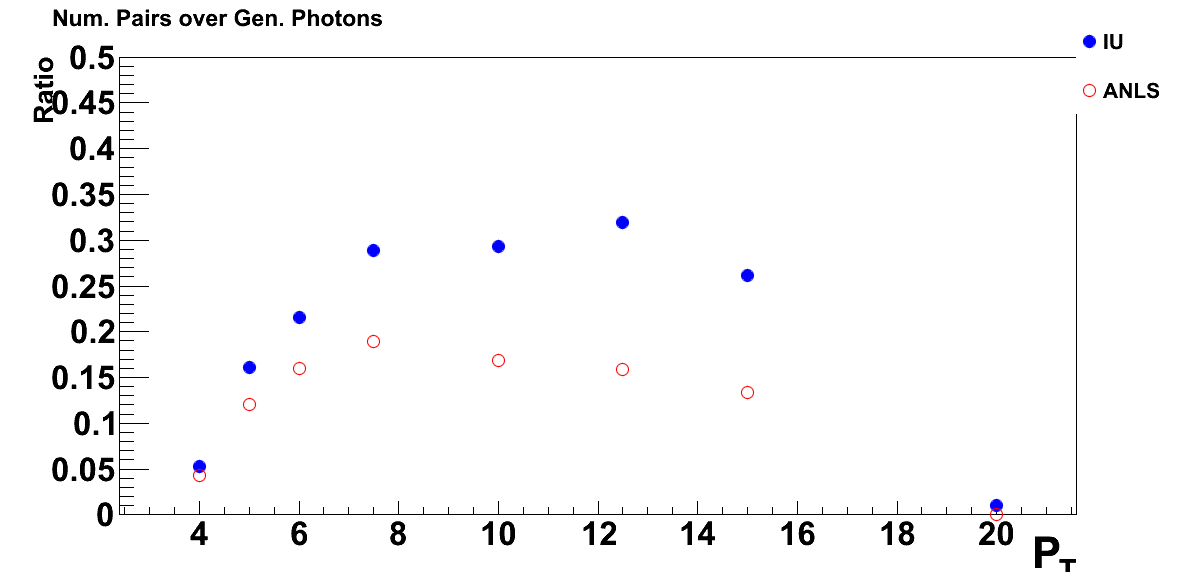
Fig. 3 Number of Candidate Pairs over the number of events (only single photon events generated).
Candiate pairs have all cuts but the invarient mass cut. In all cases, the ANLS method shows many less split clusters.

Fig. 4 Number of Candidate Pairs within invarient mass window, over the number of events (only single photon events generated).
Figure 4 is like figure 3, but with canidates restricted to the pi0 invarient mass window. Removing the lower mass peak thus reduced the number of background pairs in the IU method, but the ANLS method still preforms better, especially in the mid to high P_T where the "low mass" peak moves under the pi0 mass peak.
Figures 5-8 are similar to those in Figures 1-4, but are versus eta rather than versus P_T.
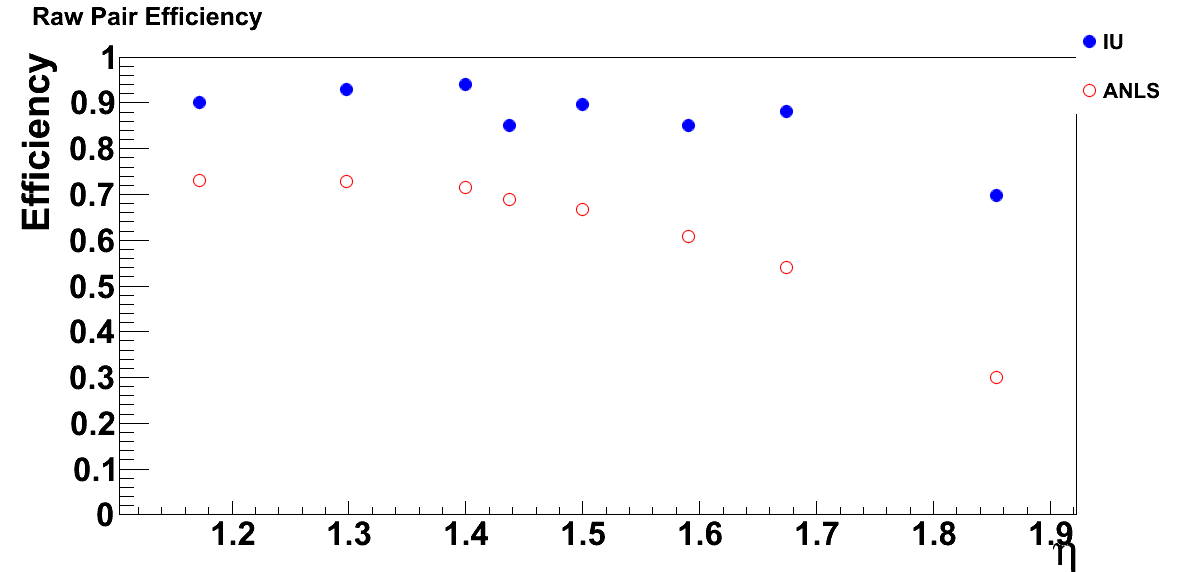
Fig. 5: Raw pair efficiency vs eta
As with Fig. 1, the IU method seems larger, but this is inpart due to the larger background. The efficiency is expected to fall with eta, as the opening angle of the pi0 is smaller at higher eta.
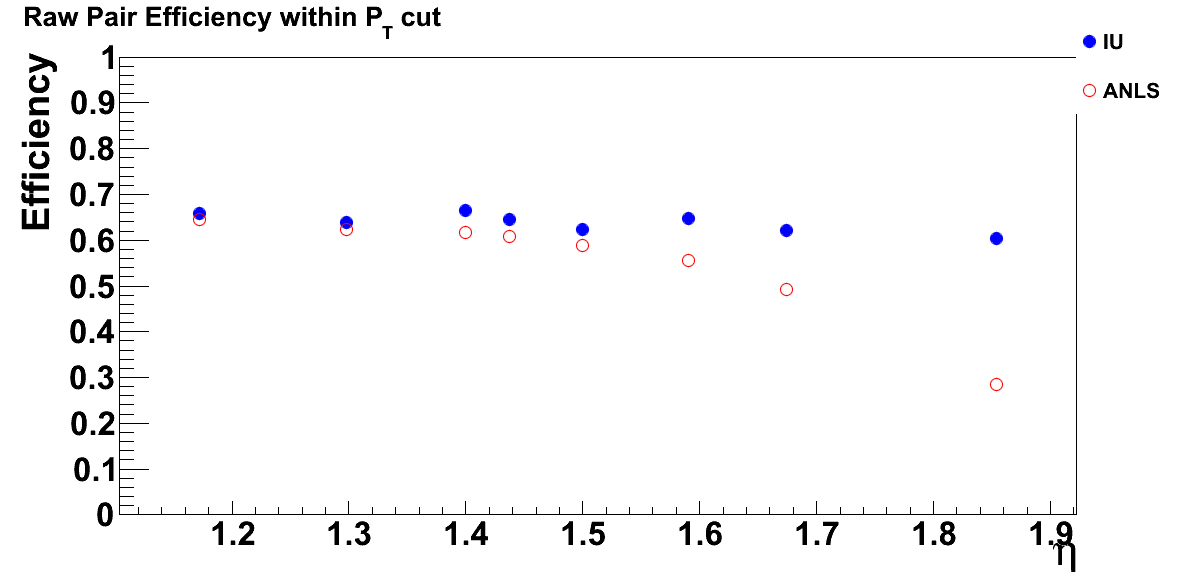
Fig 6. Pair Efficiency vs eta for events with P_T near generated P_T.
With the background now mostly removed, the two methods again appear to preform fairly well over most of the region. Note the cross section is again smallest in the region where the ANLS starts to preform significantly worse, i.e. at large eta. This suggests the need to make some parameters eta dependent, which may happen in the next version of the ANLS algorithm.
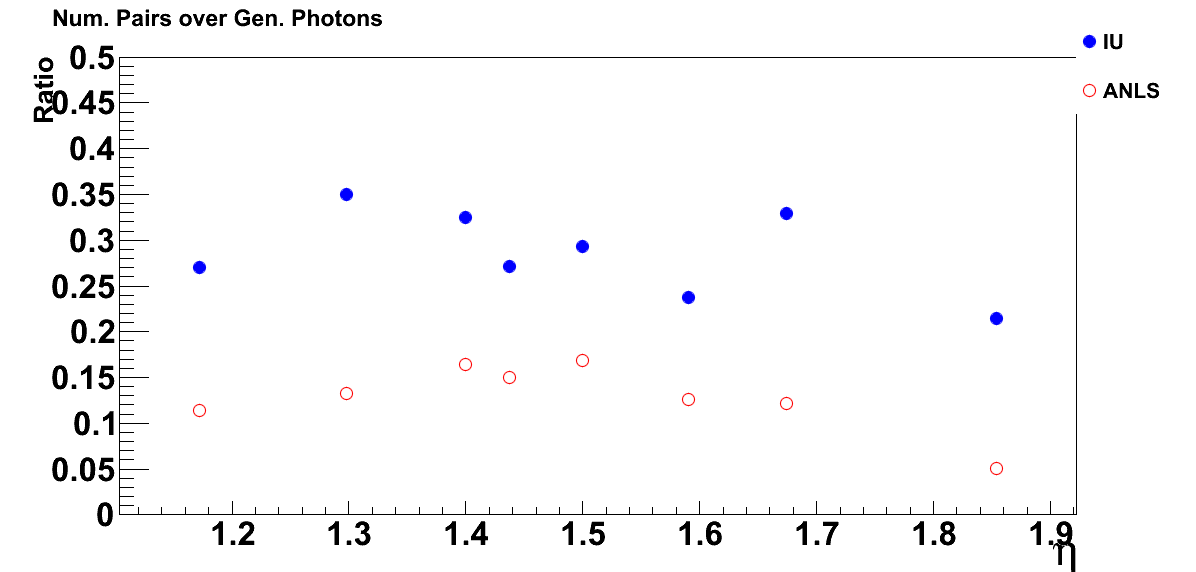
Fig. 7 Number of Candidate Pairs over the number of events (only single photon events generated).
Over all eta, the ANLS method a significant reduction in the number of split clusters. Note, even a "perfect" algorithm would still show a non-zero value on this plot, due to actual photon conversions.
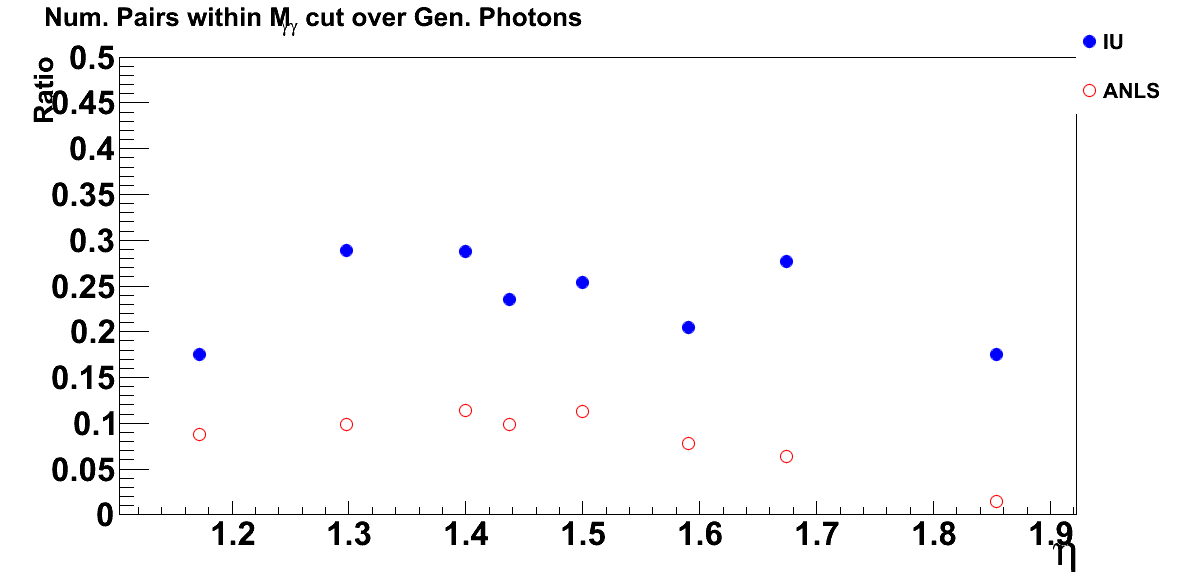
Fig. 8 Number of Candidate Pairs within invarient mass window, over the number of events (only single photon events generated).
The IU has less background in the pi0 mass window than overall at low eta, where the "low mass peak" is really significanly lower than the pi0 peak. The ANLS algorithm shows lower background in the pi0 peak at all eta, not just low eta.
Conclusions
The ANLS algorithm preforms with almost the same efficiency as the IU algorithm over most of the domain and has a significanly reduced background due to false cluster splitting. The ANLS algorithm does not preform as well at high P_T and large eta, but in these regions the inclusive pi0 cross section is quite small. The ANLS algorithm can be further improved by allowing parameters to be eta or P_T dependent.
- sgliske's blog
- Login or register to post comments
